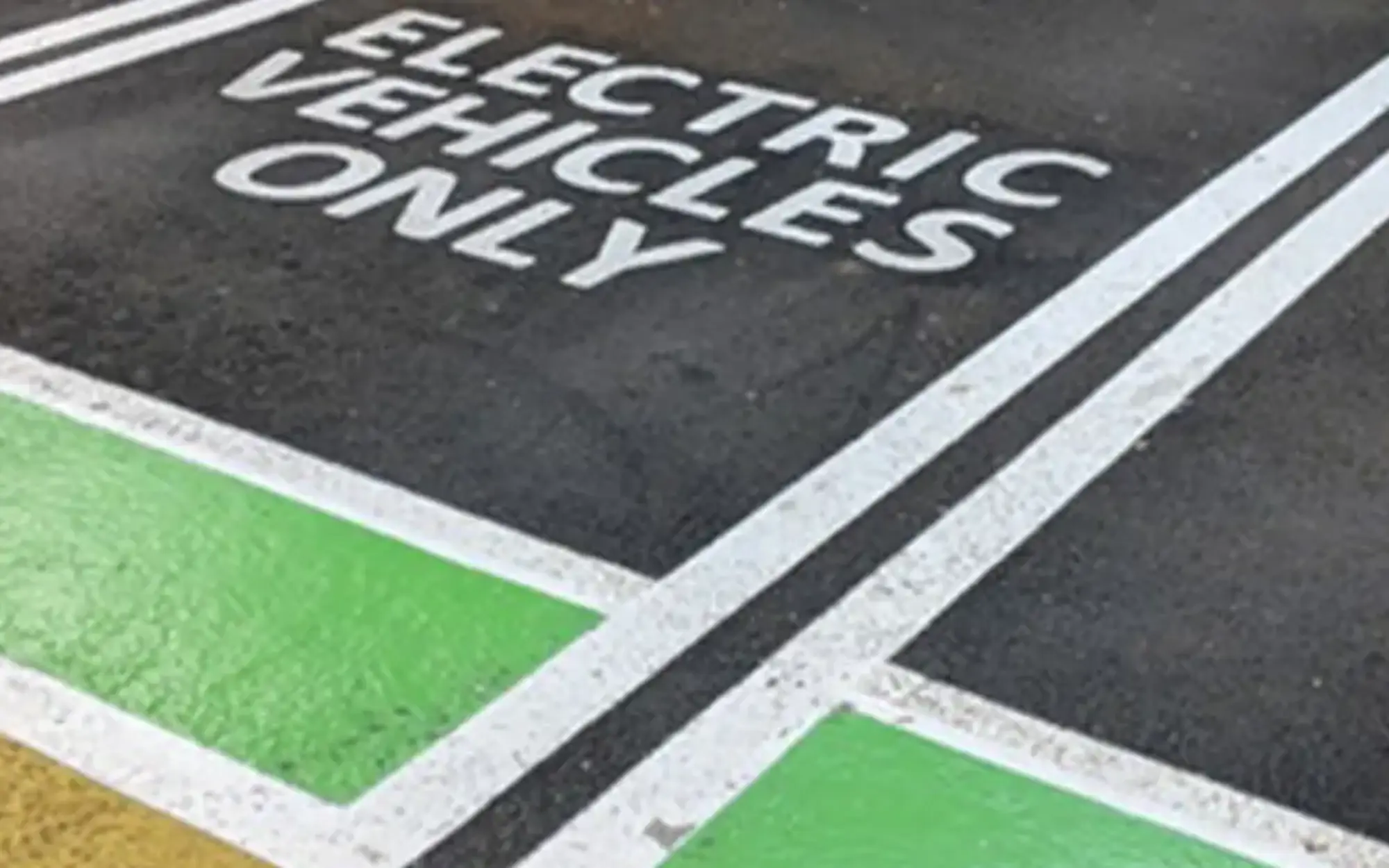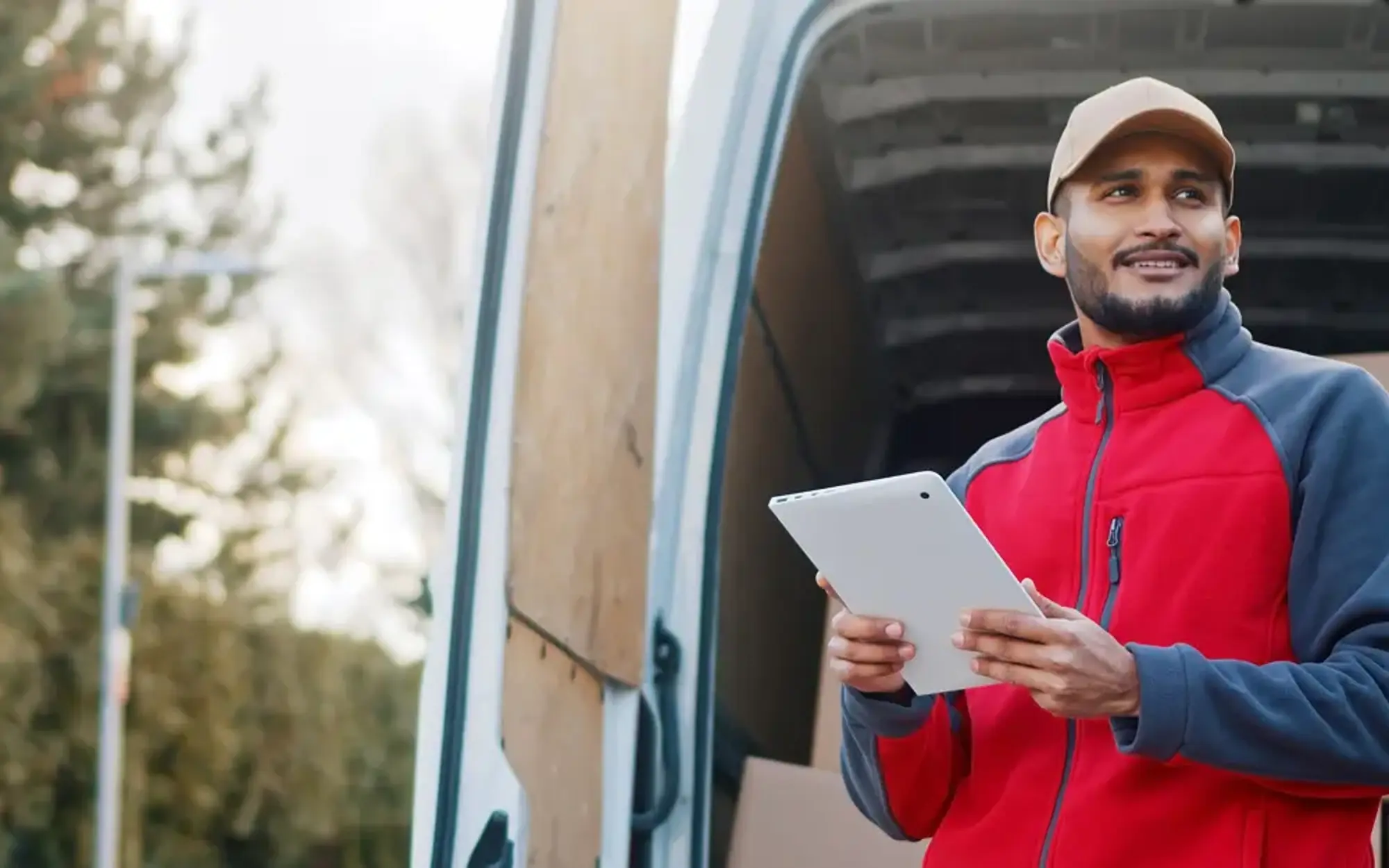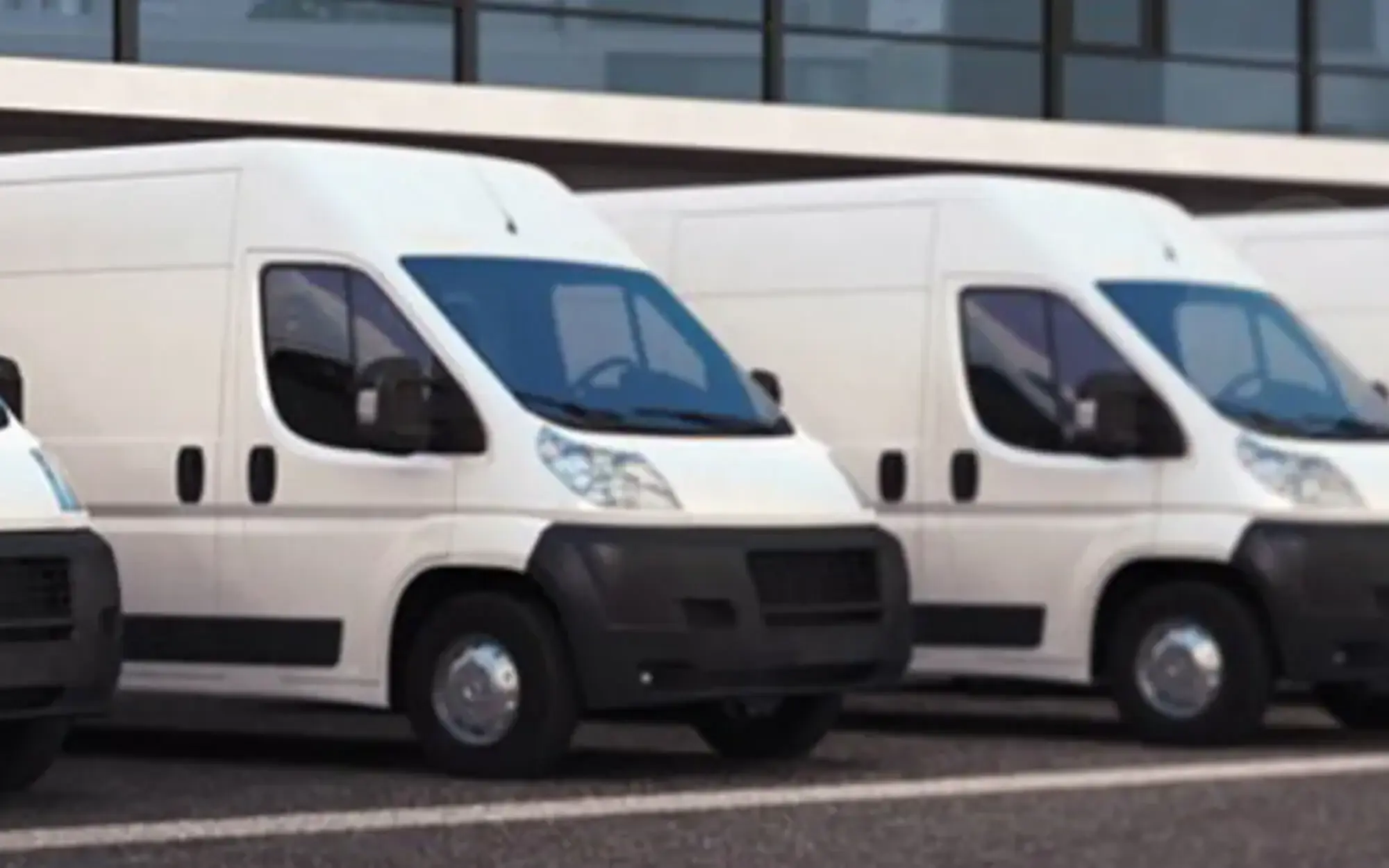
Tackling Telematics and its privacy issues
With the rise of the Connected Car, among other things, more data than ever is collected on our movements and activities.
MyDrive makes it personal
With the rise of the Connected Car, among other things, more data than ever is collected on our movements and activities.
From a driver’s perspective, it raises important questions about who owns this information. The BVRLA (British Vehicle Rental and Leasing Association) is campaigning for vehicle owners and drivers to be in charge of how their data is used, and wants the Government to support the introduction of open, standardised and secure platforms to enable this to happen.
It’s been predicted that connected cars, essentially Wi-Fi enabled, will represent 80% of vehicles sold in 2016. Of course, fleets have been realising the benefits of increased technology in the form of telematics for many years. It helps to promote better and safer driving, cut fuel bills and, in some cases, reduce the cost of insurance and servicing.
But despite the obvious benefits, there has been reluctance by some businesses to install telematics in vehicles because of the issues surrounding personal privacy. Research by RAC Business found that 40% of businesses faced staff concerns about the possible intrusion into their privacy associated with 24-hour tracking systems. And one-in-five had taken the decision not to use telematics as a direct result of those concerns.
This is an issue we’ve looked to address with the launch of RAC MyDrive. This personal key fob allows drivers to turn off telematics when they’re not driving for work. This device also addresses the issue that thousands of people who use their own car for business journeys face, as part of the grey fleet, ensuring their vehicle’s work use is clearly defined.
Gone are the days when telematics was simply a tracking device and a way to monitor vehicle movements. Today, telematics technology is about using data smartly and enabling businesses to operate more efficiently and make better decisions about fleet management. Vehicle connectivity undoubtedly helps, but the rights of drivers also need to be considered.




